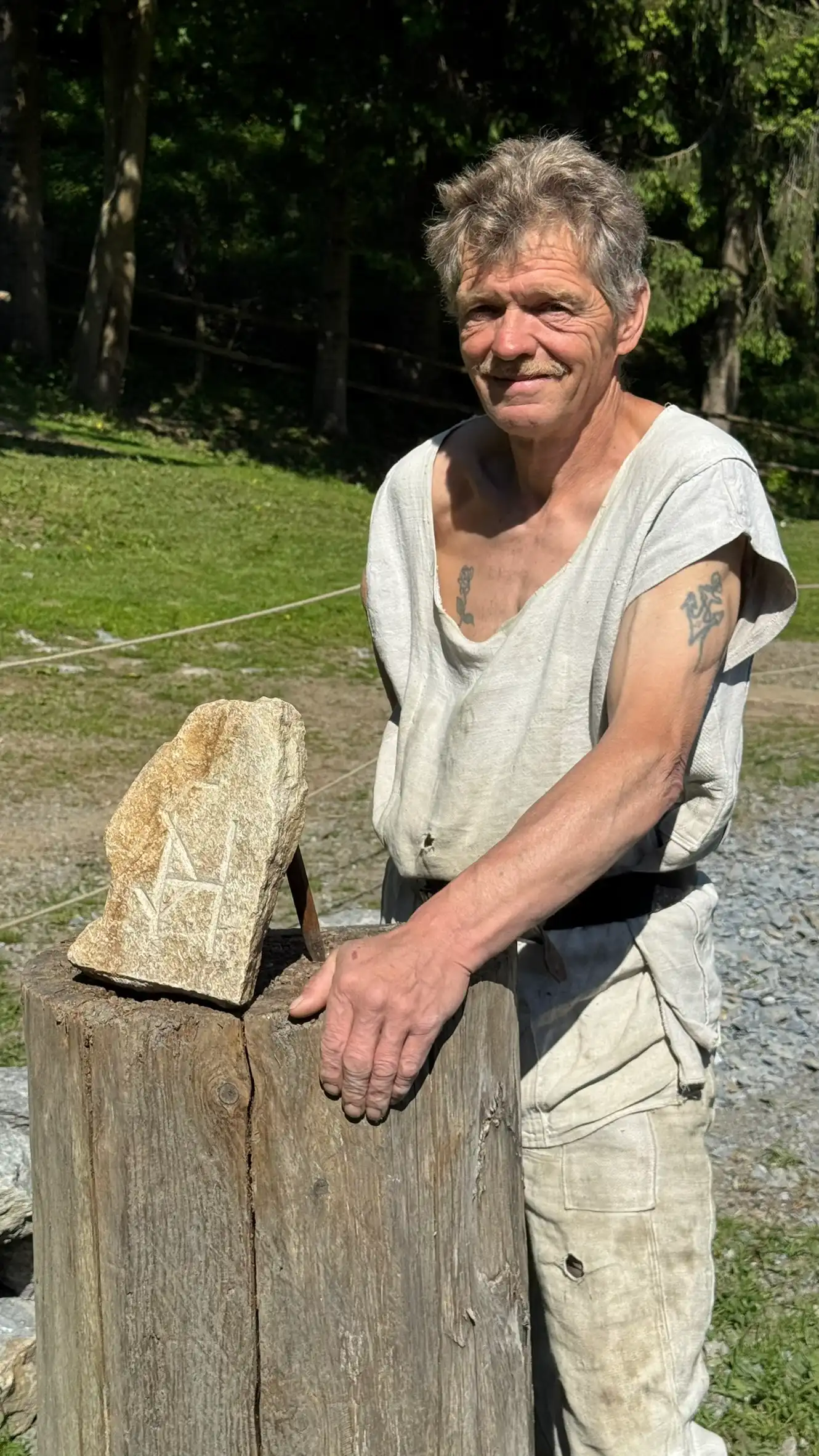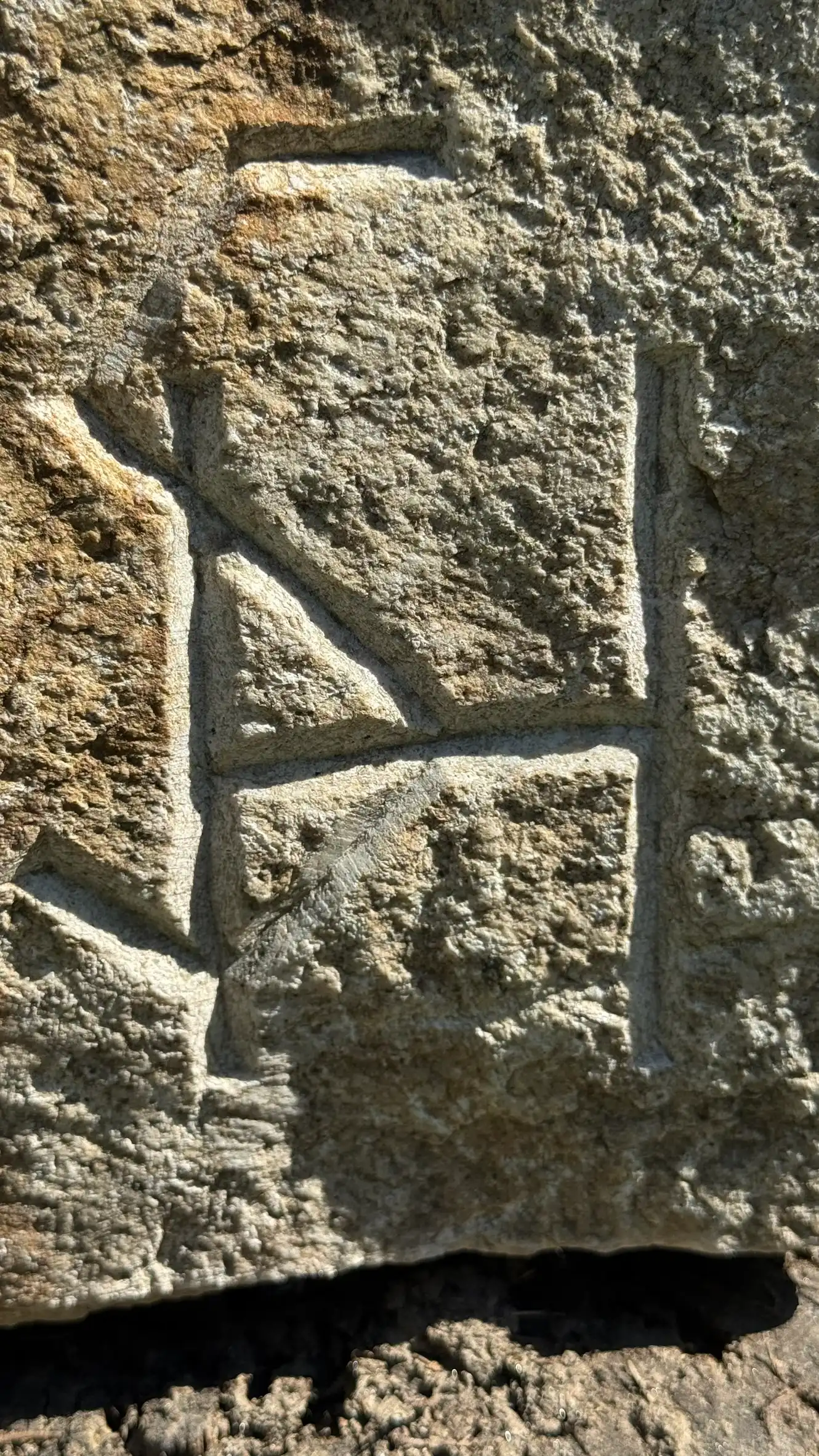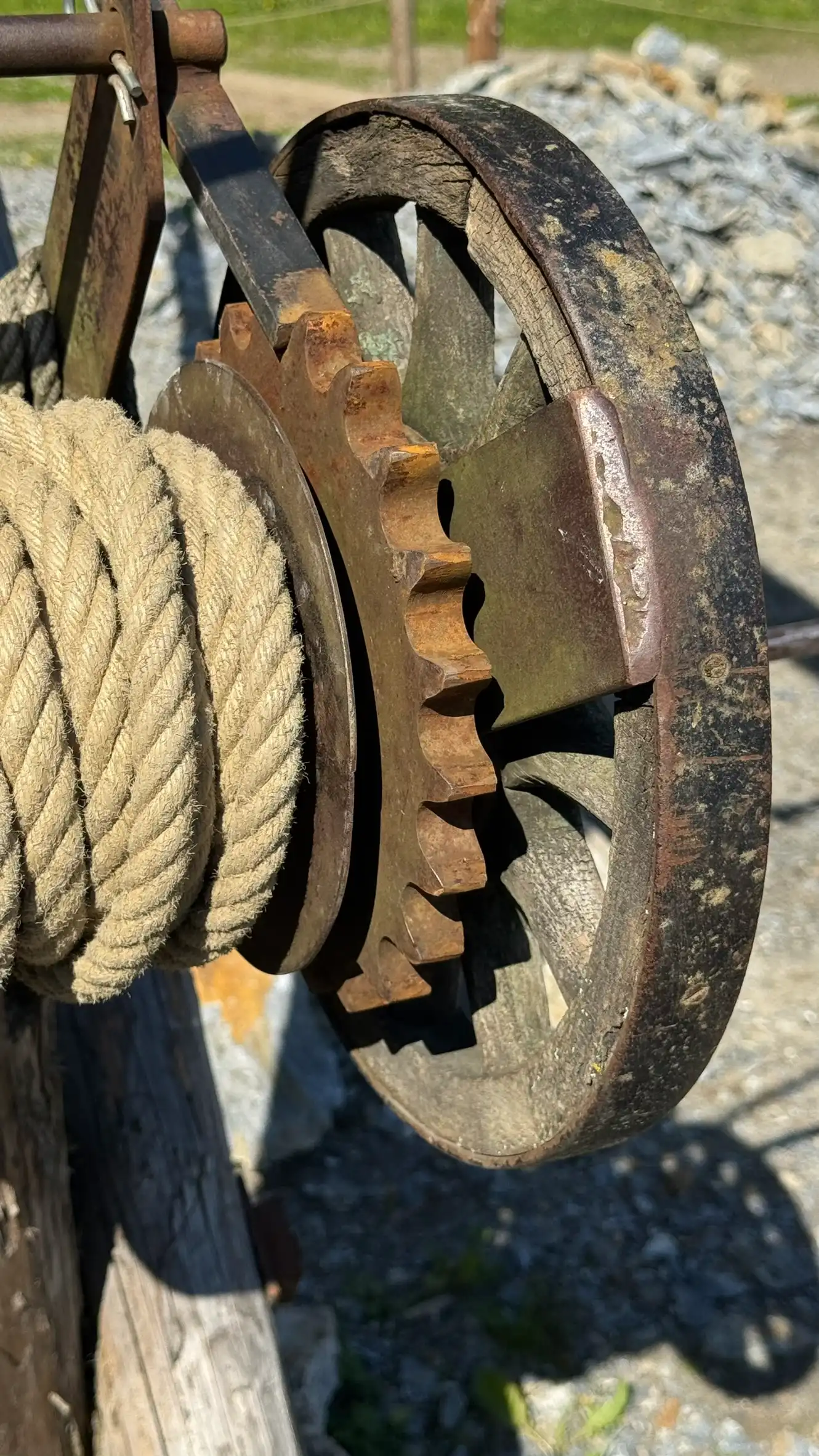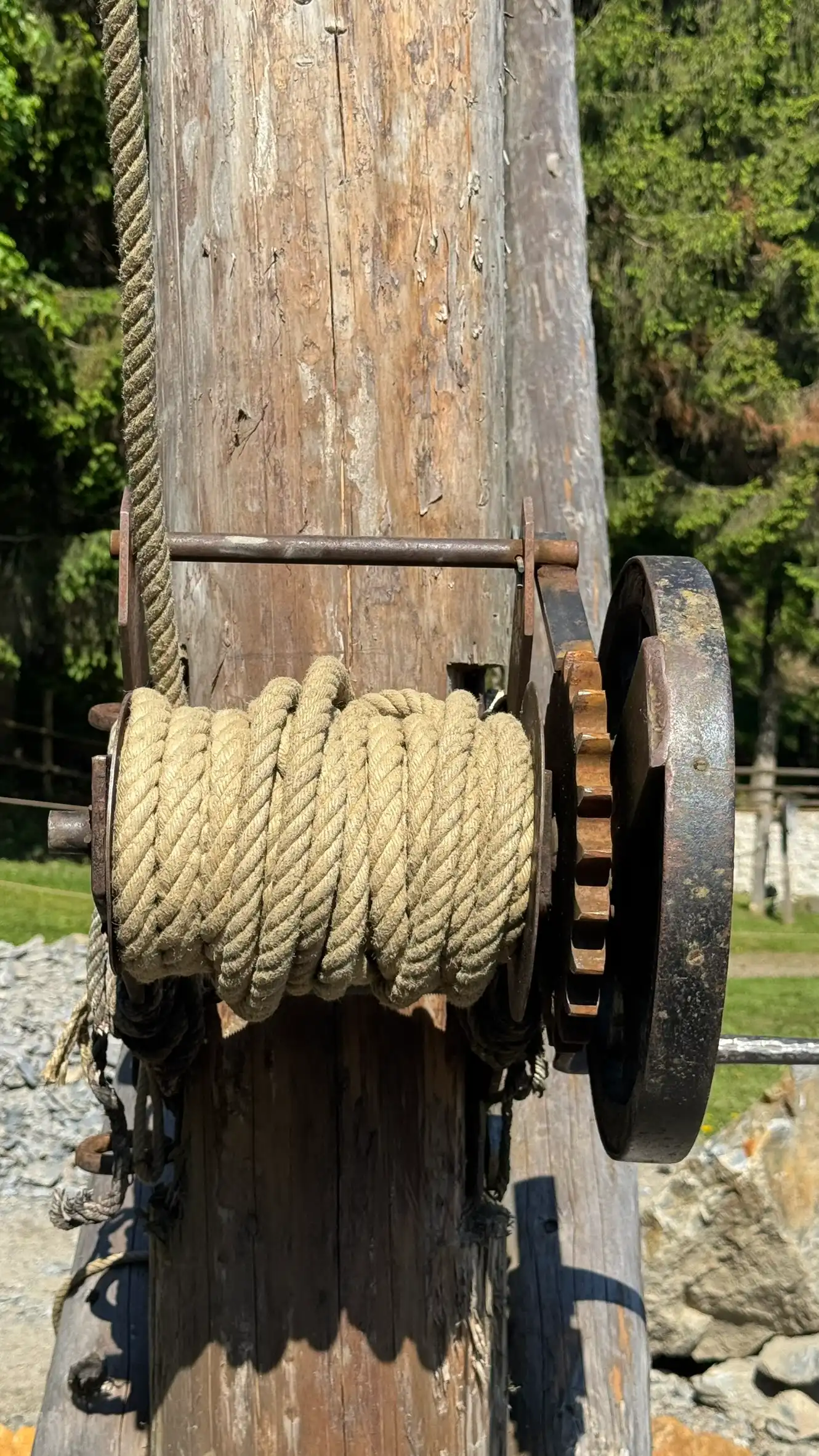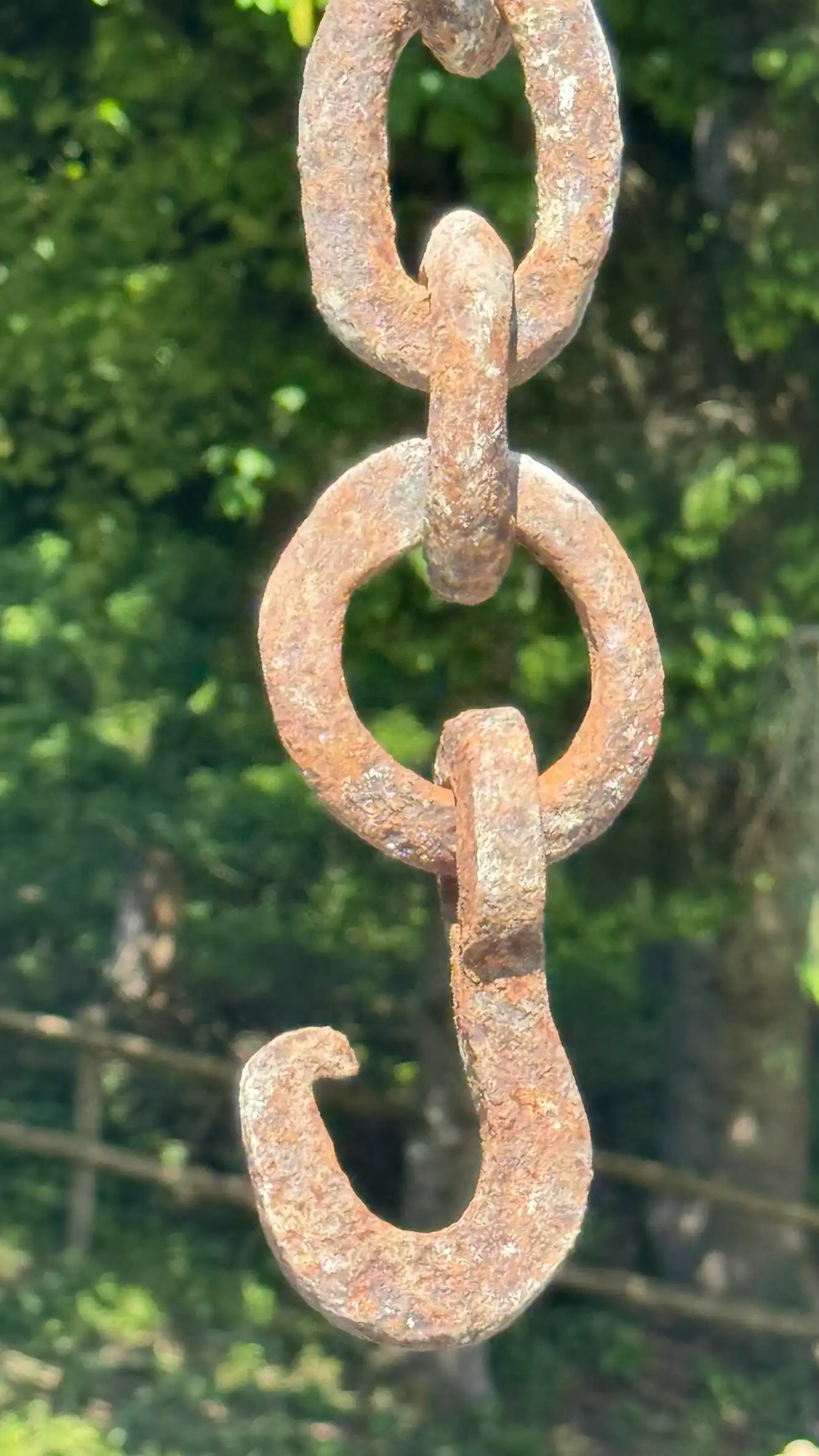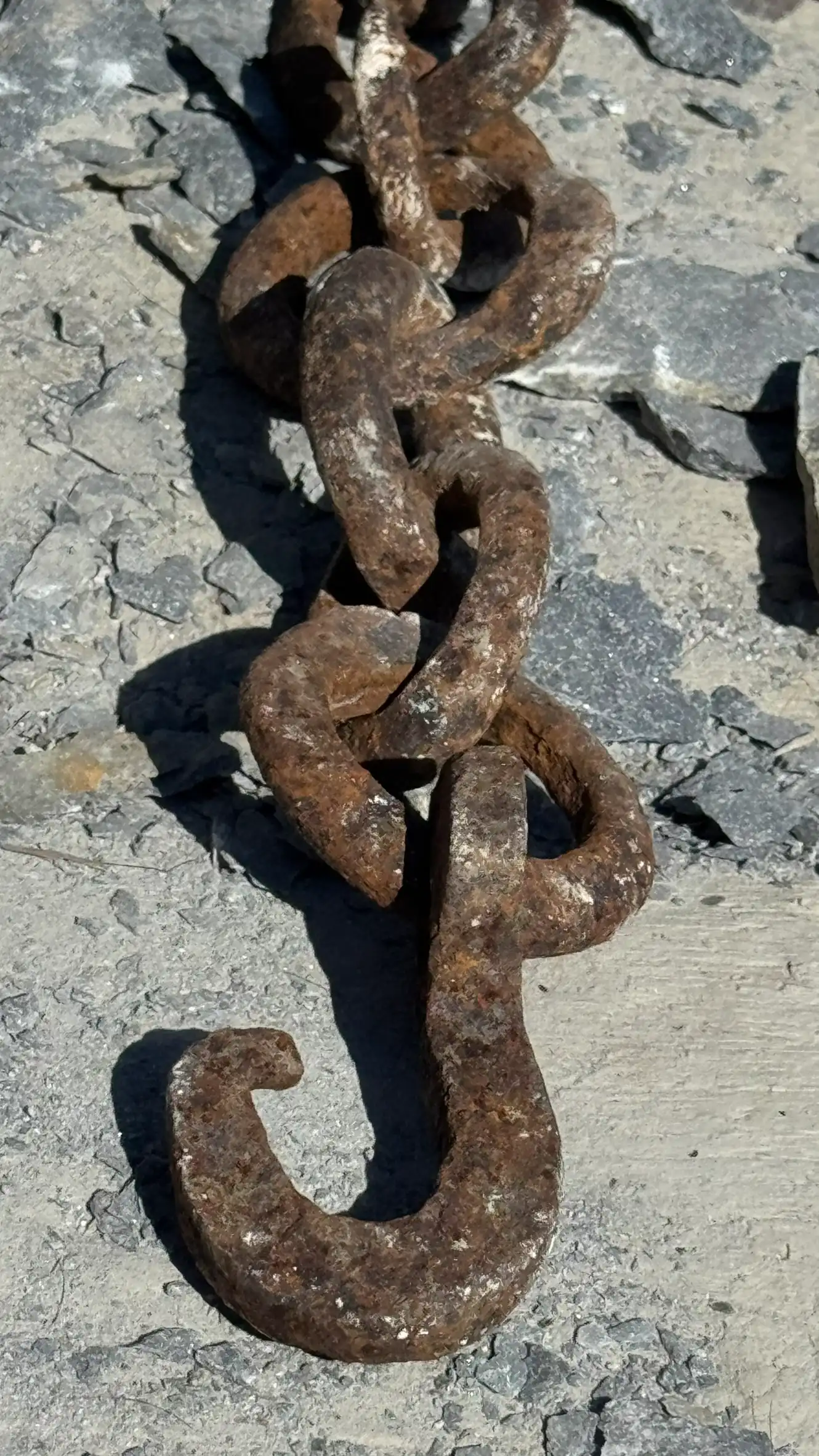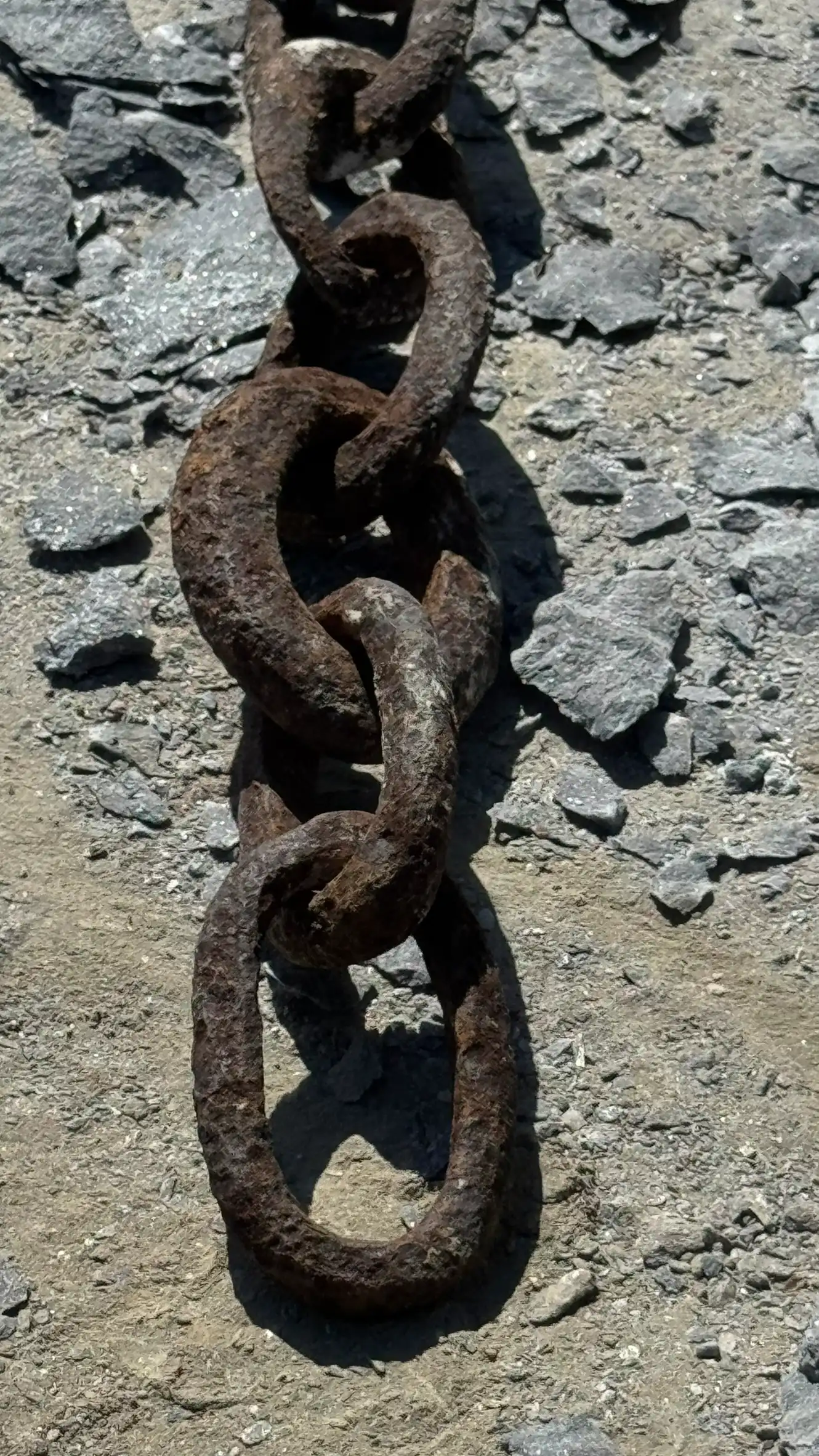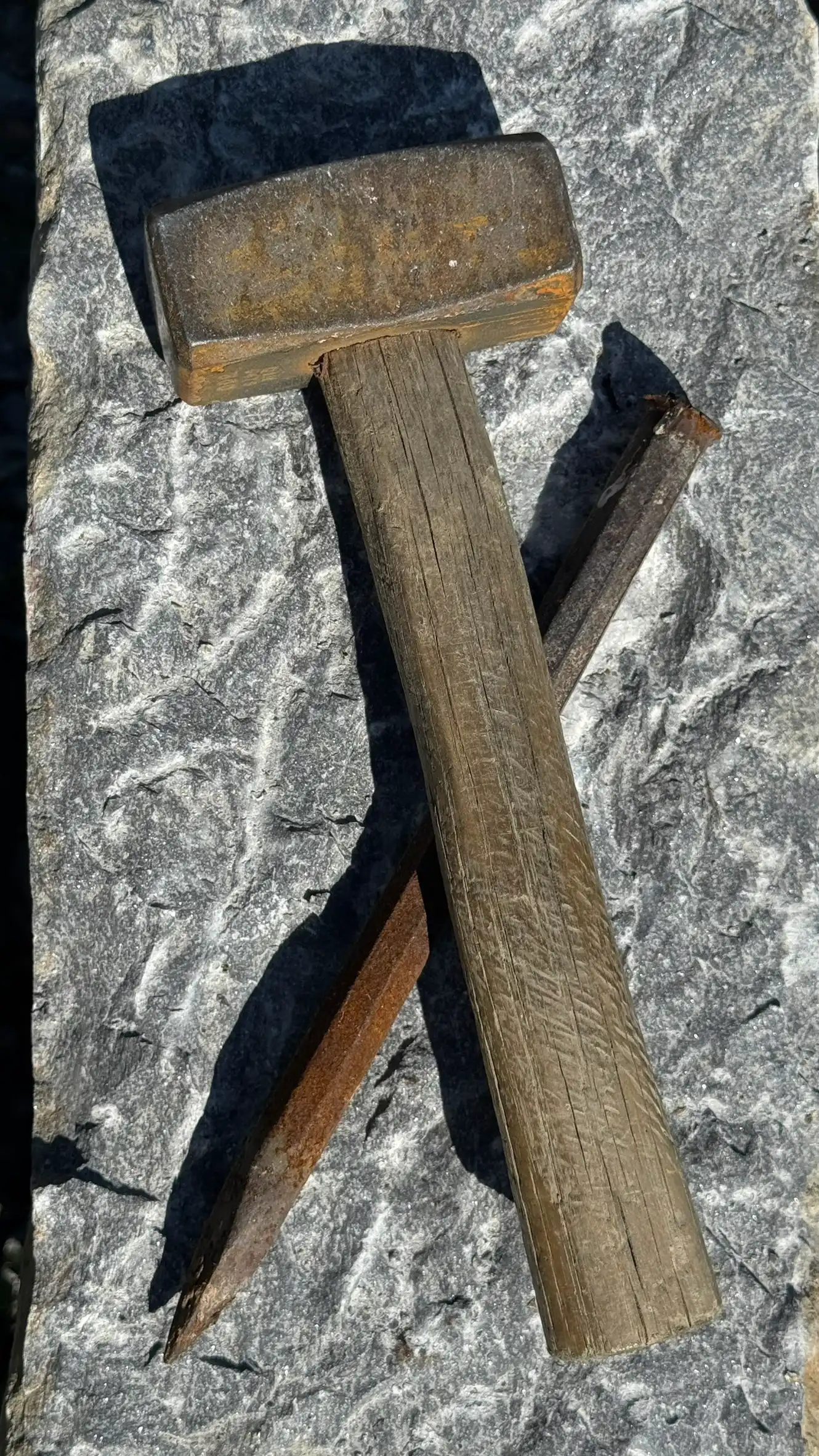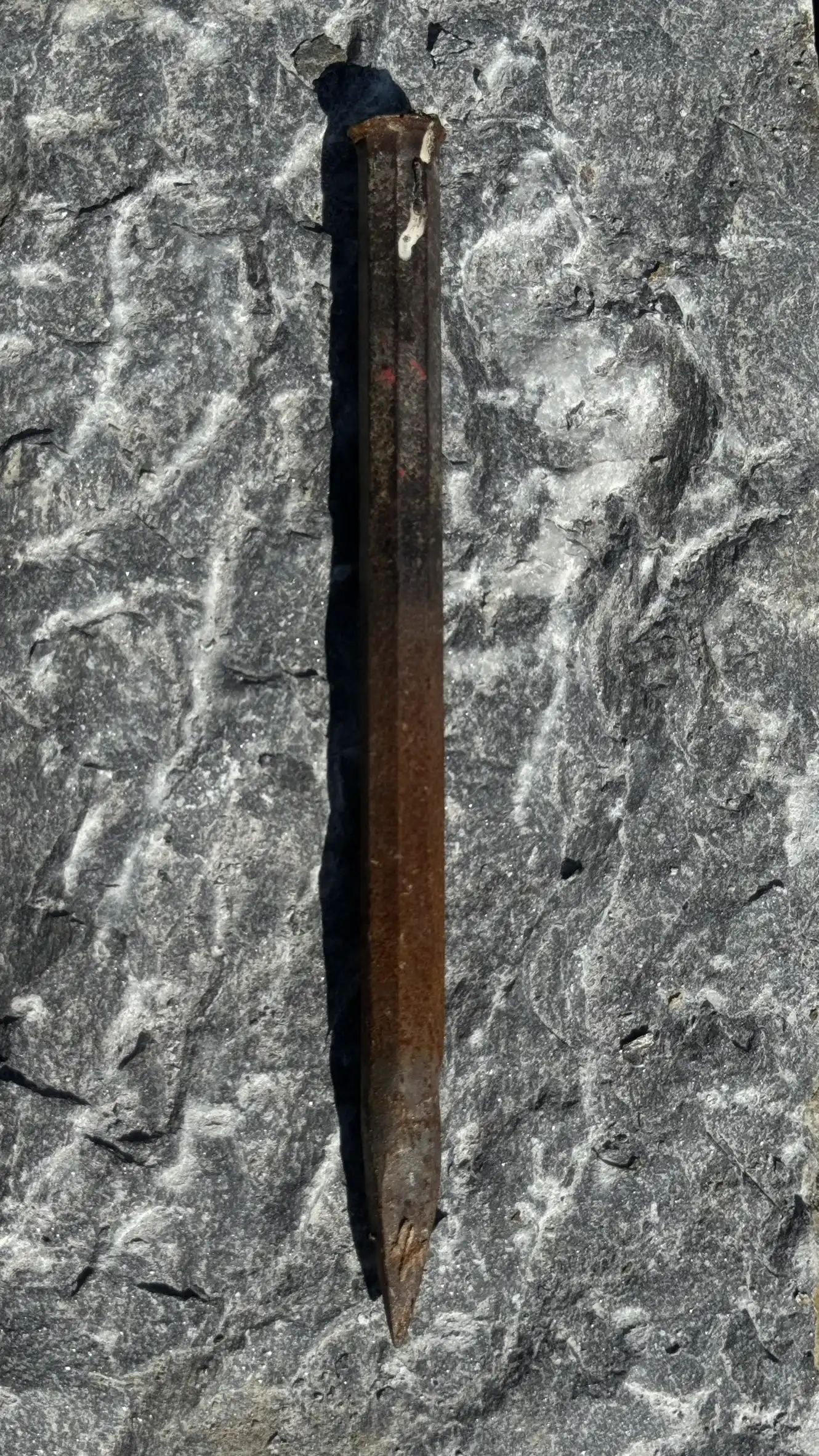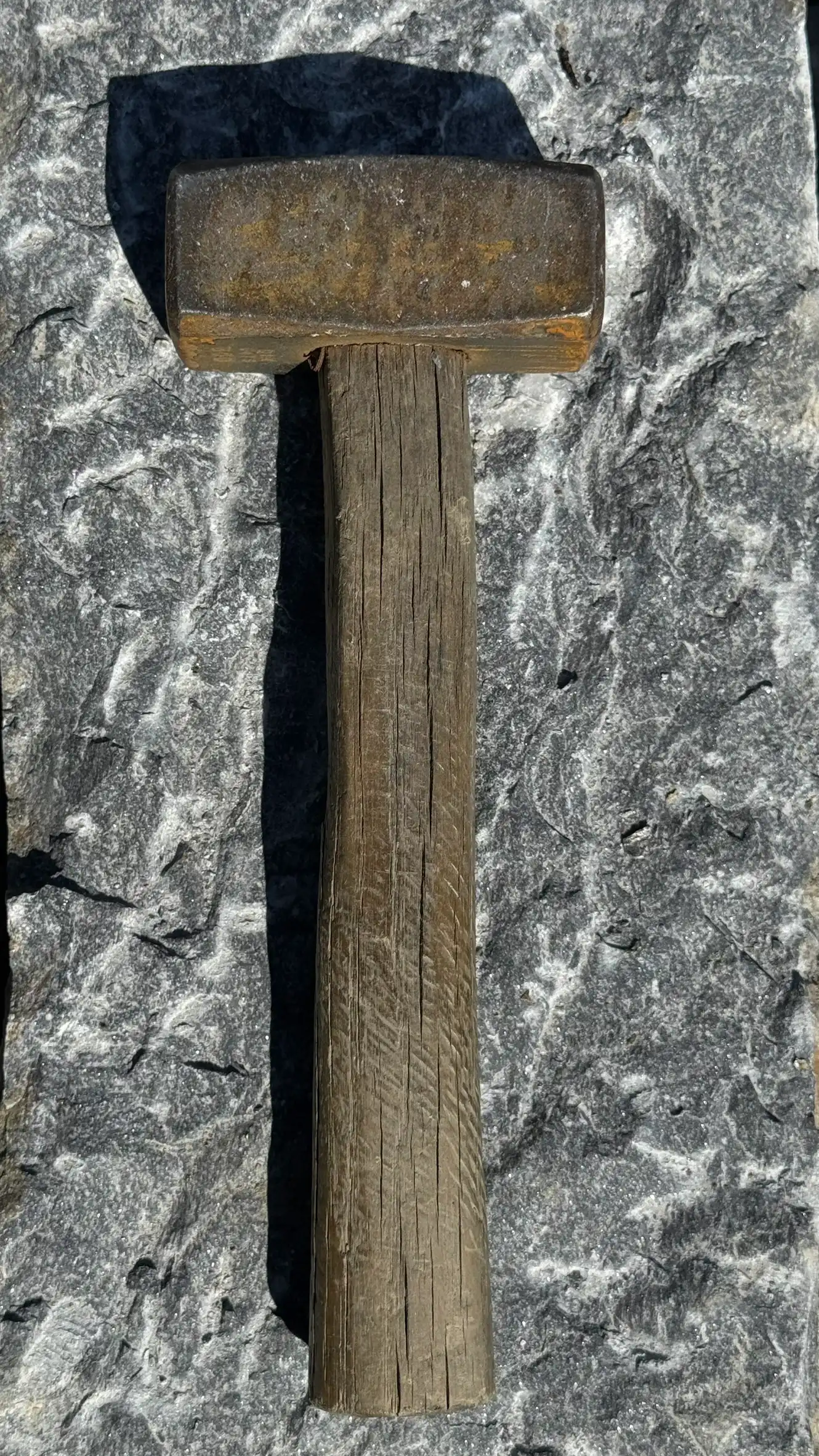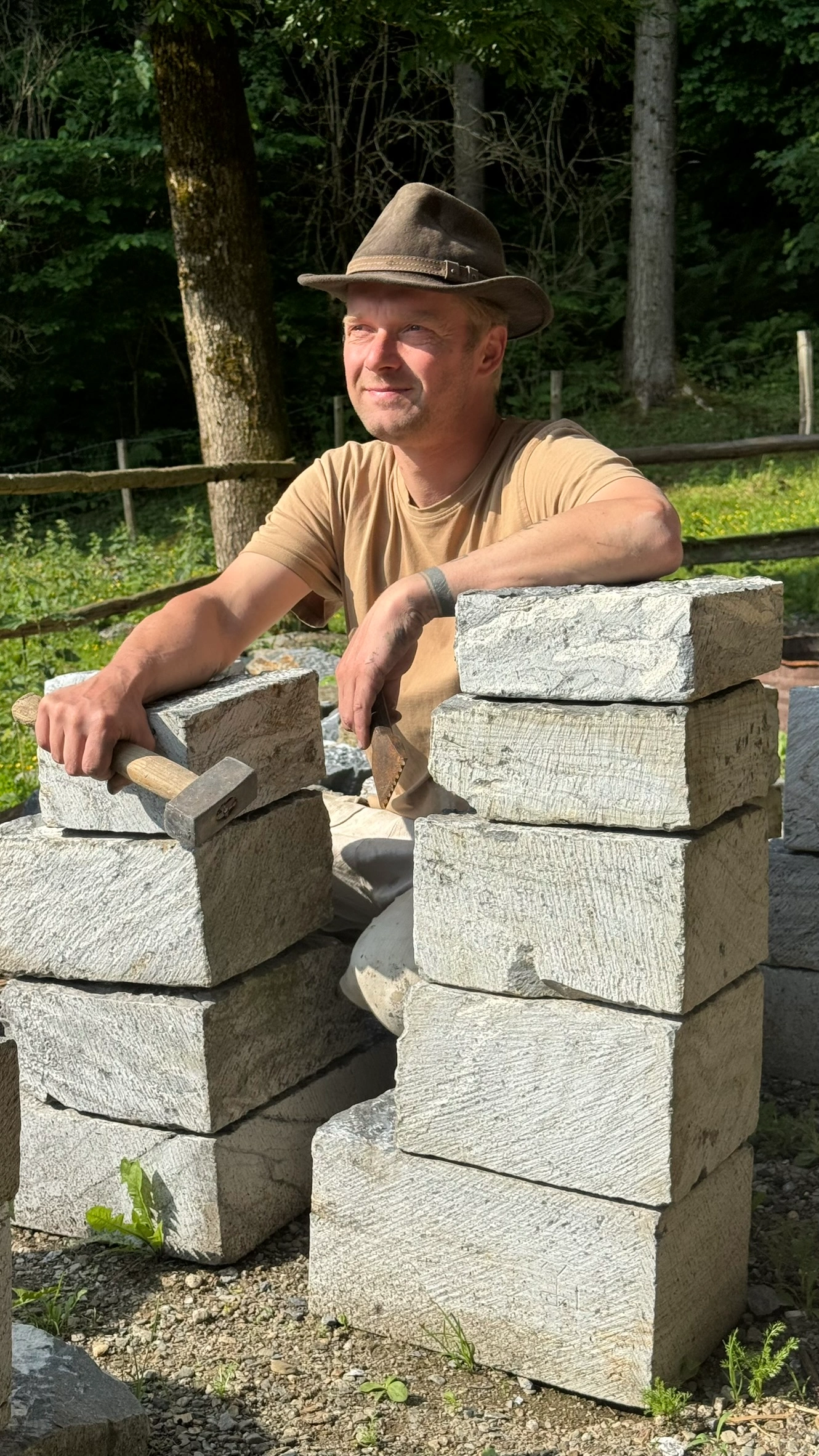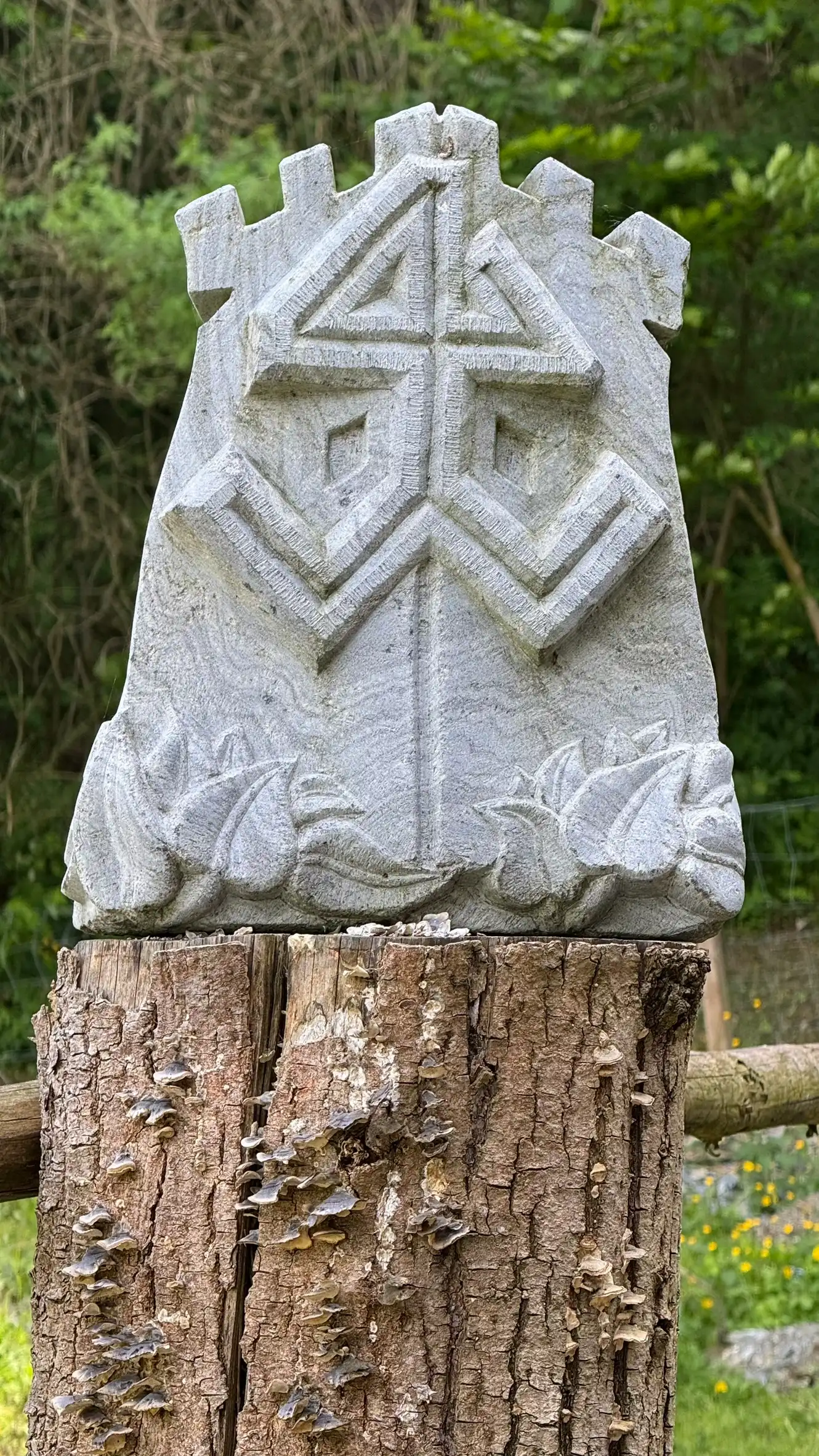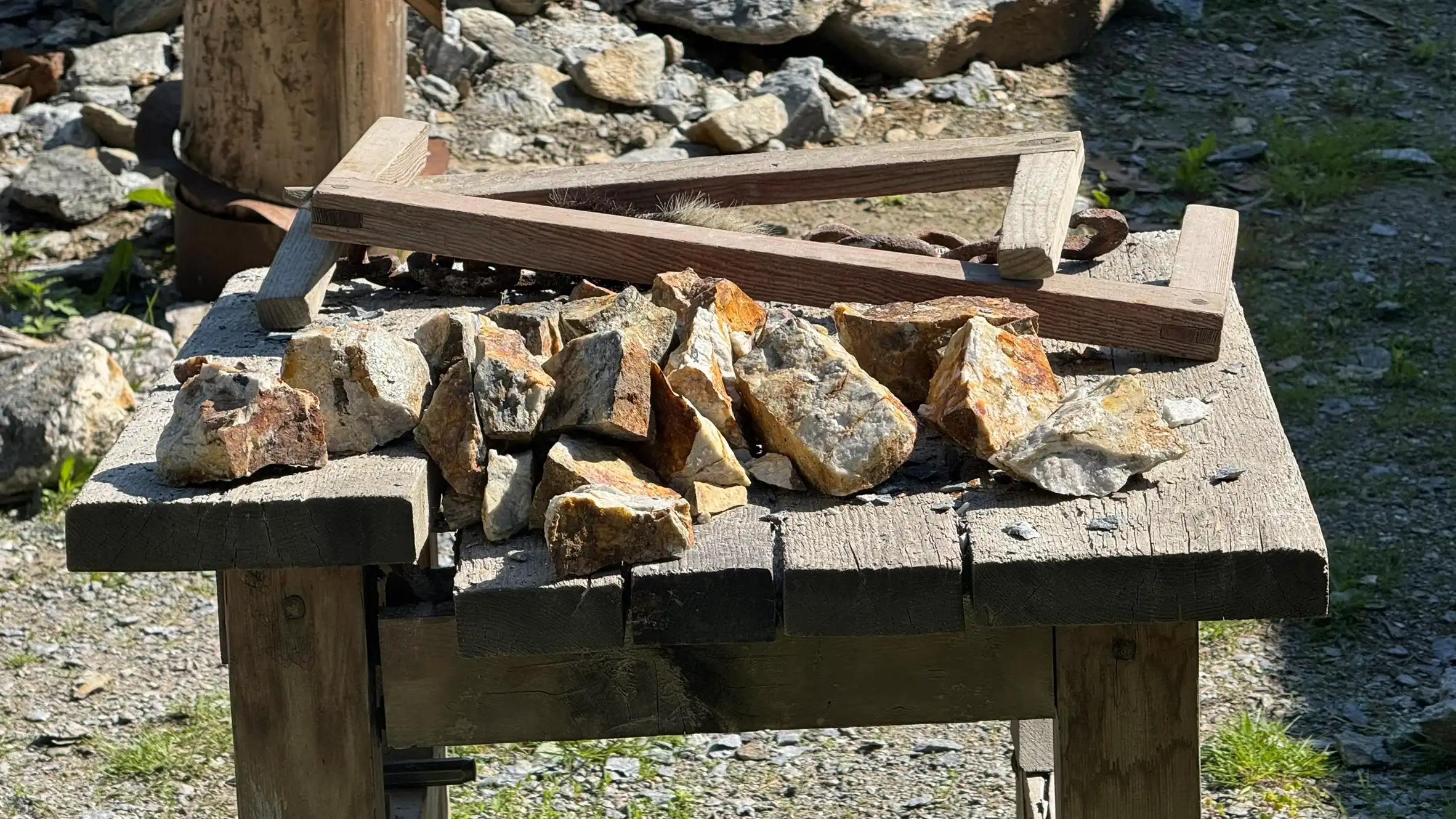Stonemason
In the 8th and 9th centuries, the craft of stonemasonry became established north of the Alps. Until the end of the 10th century, it was primarily monks who carried out the duties of master builders.
It was not until the end of the 12th century that the first stonemasons’ guilds were founded, establishing the rights and duties of all stonemasons and stone sculptors. On major ecclesiastical construction sites, the stonemasons were organised in fraternities, while in towns they were grouped into guilds. In 1464, stonemasons from Carinthia founded their own fraternity, based on the Regensburg Statutes of 1459.
The profession of stonemasonry was strenuous but held in high regard. This was due in part to the demanding nature of the training: apprenticeship – followed by the journeyman period with travel and a two-year master craftsman’s qualification – could last more than ten years in total. A structured training system came into existence in the 14th century.
Since the mid-13th century, working time regulations have been documented, specifying a seasonal working week of 85 hours. Work took place from Monday to Saturday, roughly from five in the morning until seven in the evening, with three breaks per day (two of one hour each, and one of half an hour). The so-called “winter season” in these latitudes lasted from St Gall’s Day (16 October) to the Feast of the Chair of Saint Peter (22 February).
The German term Steinmetz (stonemason) first appears towards the end of the 13th century in the writings of Berthold of Regensburg. Prior to this, Latin terms such as lapidarius were commonly used.
Stonemasons aligned, shaped, and set the stones of the masonry, and also produced decorative stonework for windows, doors, vaults, cornices, or friezes.
At the castle construction site in Friesach, the stonemasons break the delivered stones at the valley floor. The stones are then transported by cart to the stonemasons’ hut. There, the stones are roughly shaped and stored according to their size.
